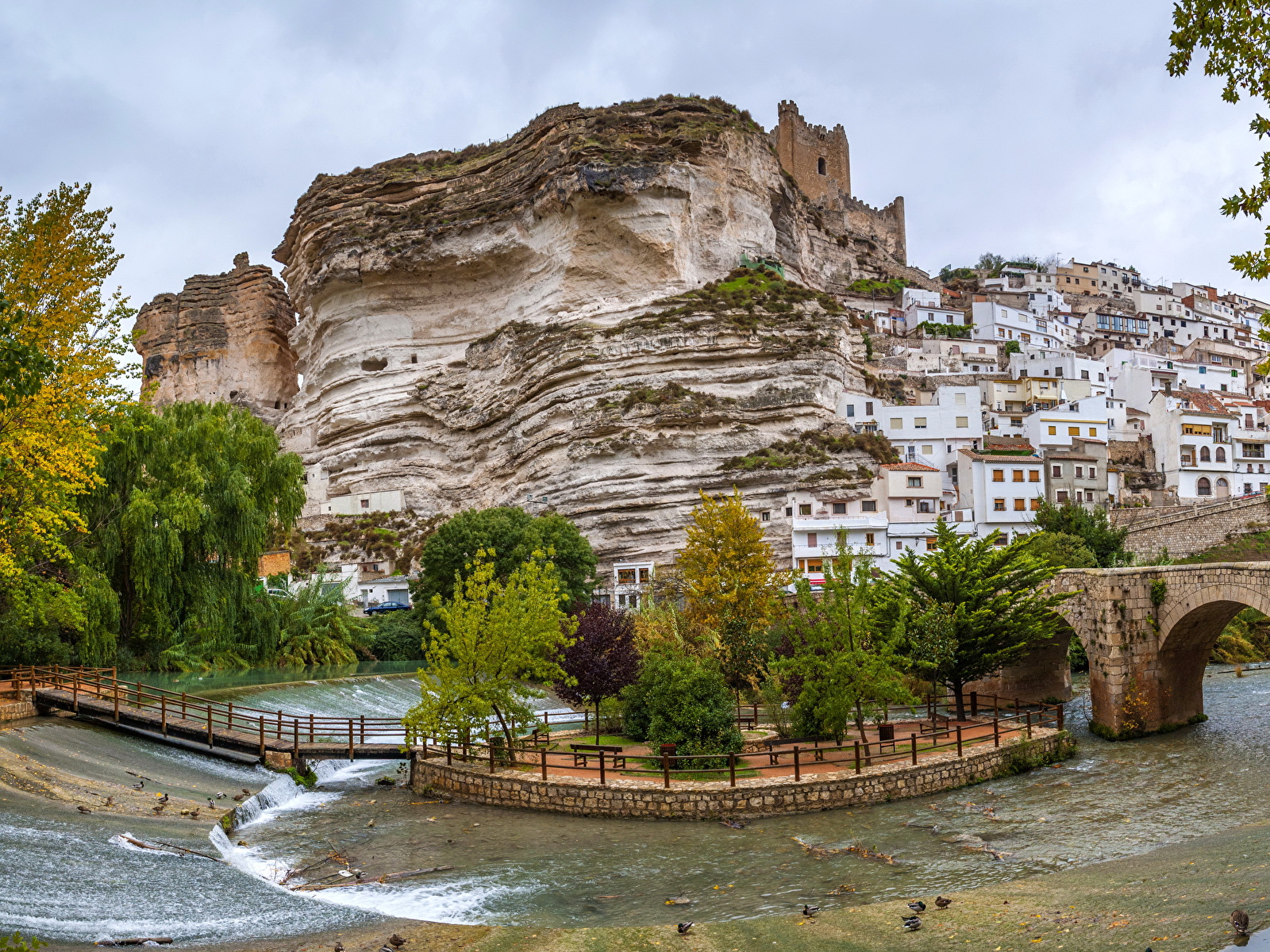
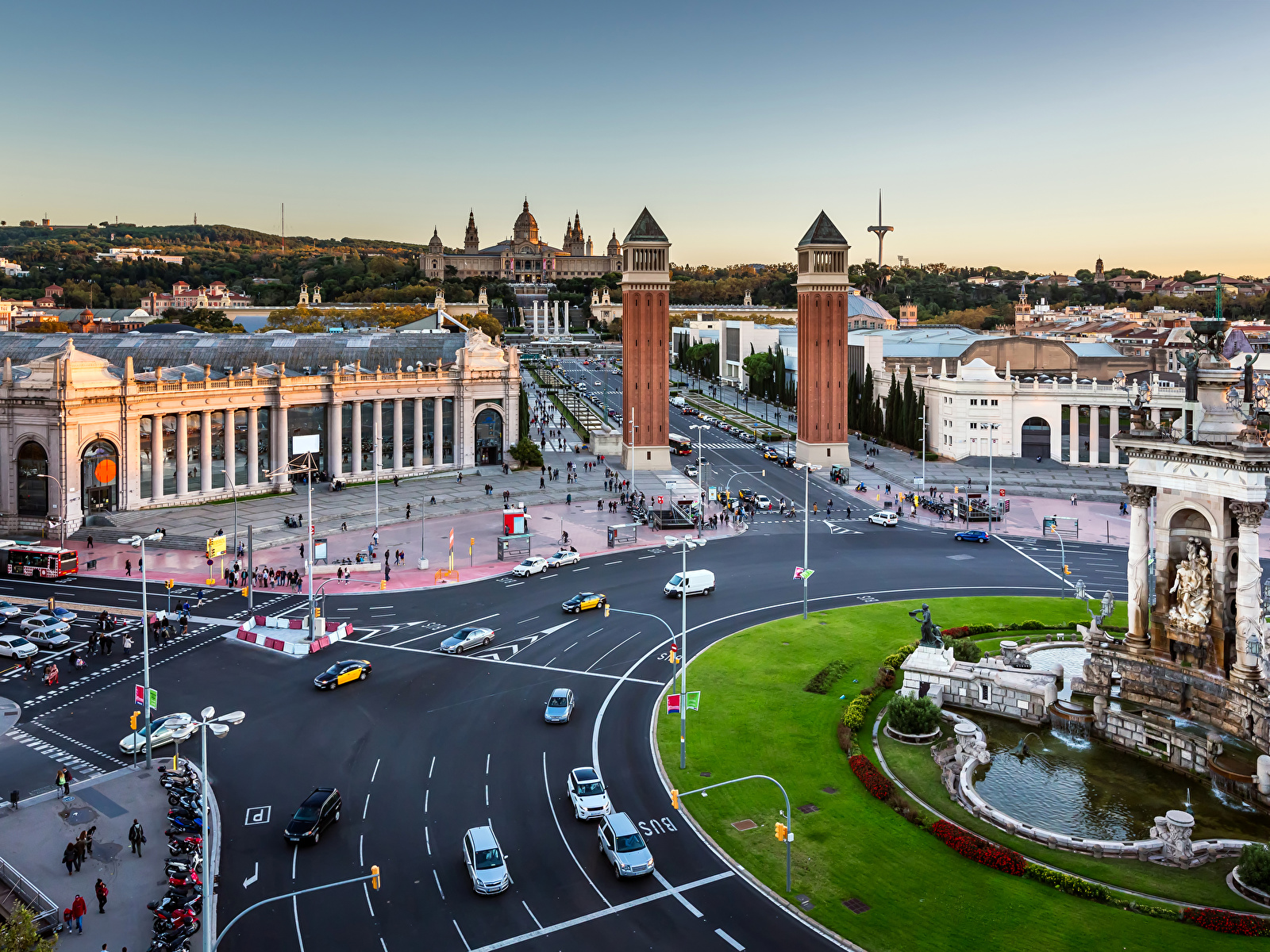
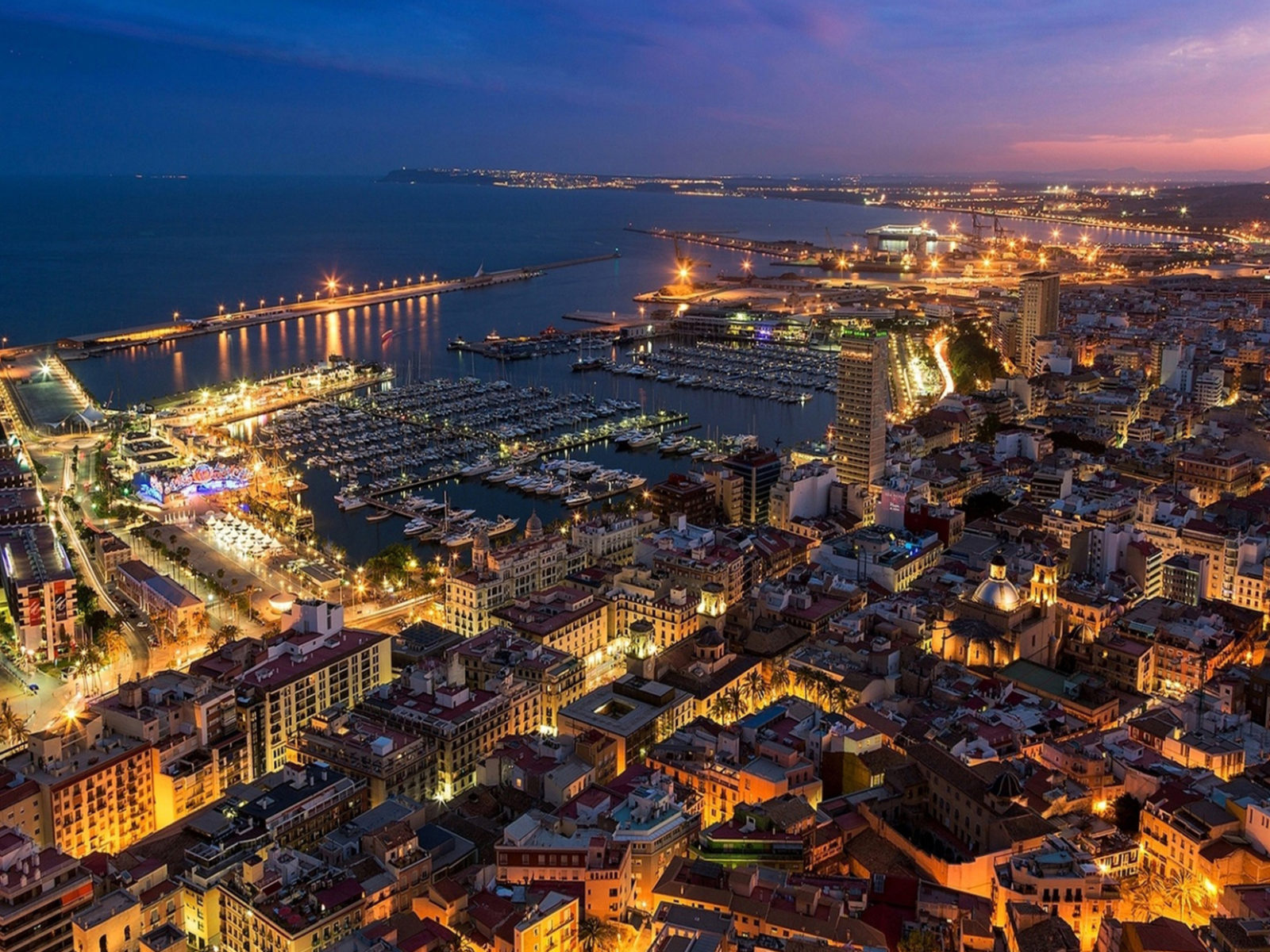
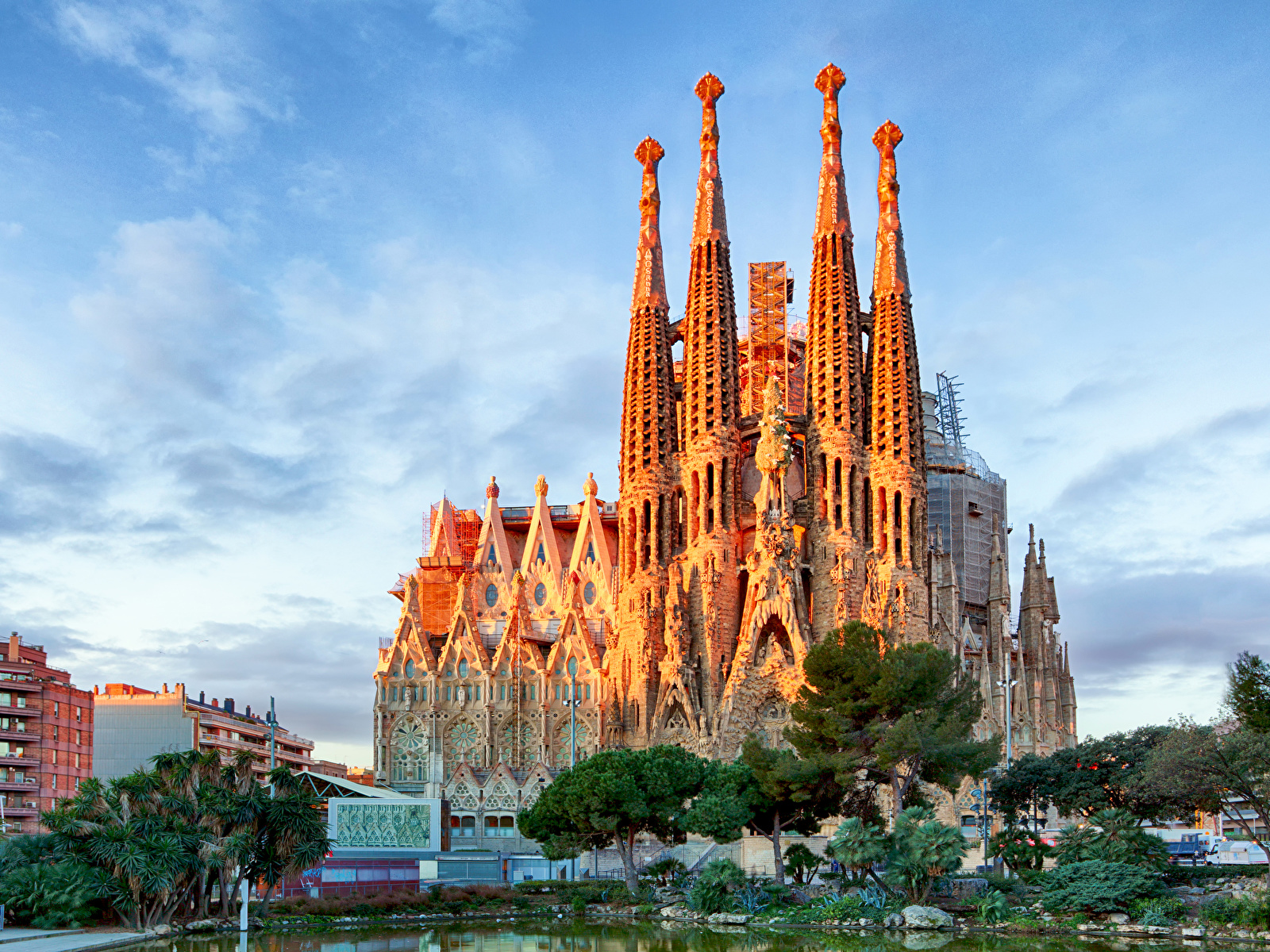
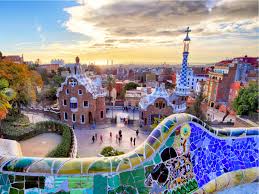
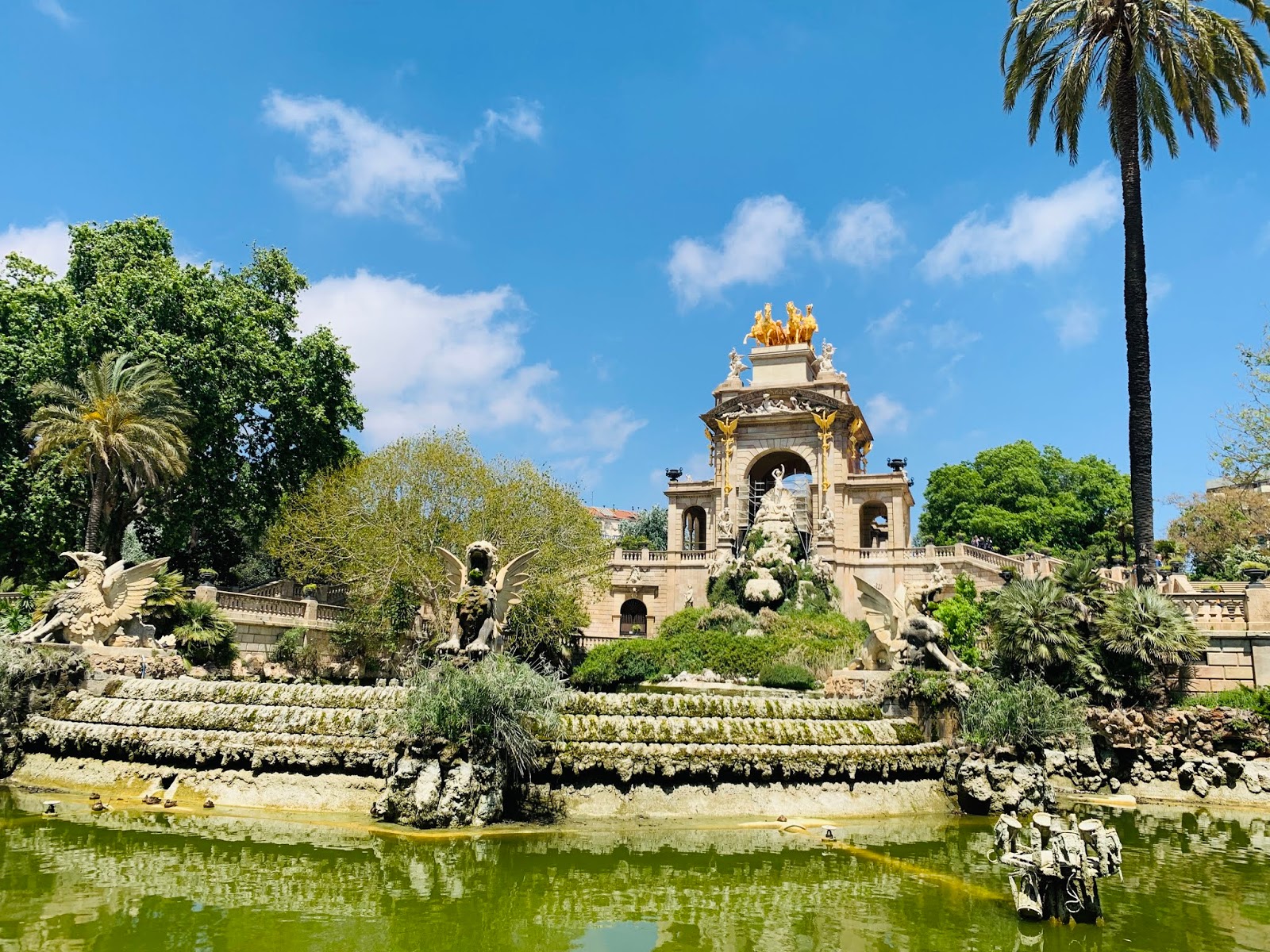
The best place in Spain.






History
Spain, country located in extreme southwestern Europe. It occupies about 85 percent of the Iberian Peninsula, which it shares with its smaller neighbour Portugal.
Spain is a storied country of stone castles, snowcapped mountains, vast monuments, and sophisticated cities, all of which have made it a favoured travel destination. The country is geographically and culturally diverse. Its heartland is the Meseta, a broad central plateau half a mile above sea level. Much of the region is traditionally given over to cattle ranching and grain production; it was in this rural setting that Miguel de Cervantes's Don Quixote tilted at the tall windmills that still dot the landscape in several places. In the country's northeast are the broad valley of the Ebro River, the mountainous region of Catalonia, and the hilly coastal plain of Valencia. To the northwest is the Cantabrian Mountains, a rugged range in which heavily forested, rain-swept valleys are interspersed with tall peaks. To the south is the citrus-orchard-rich and irrigated lands of the valley of the Guadalquivir River, celebrated in the renowned lyrics of Spanish poets Federico García Lorca and Antonio Machado; over this valley rises the snowcapped Sierra Nevada. The southern portion of the country is desert, an extension of the Sahara made familiar to Americans through the “spaghetti western” films of the 1960s and early '70s. Lined with palm trees, rosemary bushes, and other tropical vegetation, the southeastern Mediterranean coast and the Balearic Islands enjoy a gentle climate, drawing millions of visitors and retirees, especially from northern Europe.
Spain's countryside is quaint, speckled with castles, aqueducts, and ancient ruins, but its cities are resoundingly modern. The Andalusian capital of Sevilla (Seville) is famed for its musical culture and traditional folkways; the Catalonian capital of Barcelona for its secular architecture and maritime industry; and the national capital of Madrid for its winding streets, its museums and bookstores, and its around-the-clock lifestyle. Madrid is Spain's largest city and is also its financial and cultural centre, as it has been for hundreds of years.
Overview
Spain is located in Southwest Europe on the eastern Iberian Peninsula which it shares with Portugal.
The Iberian Peninsula has been occupied by many empires over the centuries. The Phoenicians arrived in the 9th century BC, followed by the Greeks, Carthaginians, and the Romans. The Roman Empire would have a lasting impact on Spain's culture. Later, the Visigoths arrived and drove out the Romans. In 711 the Moors came across the Mediterranean Sea from North Africa and conquered most of Spain. They would remain there for hundreds of years until the Europeans would retake Spain as part of the Reconquista.
Most Famous Spanish
Spain has a rich tradition in art and has played a major role in the history of western painting. Spanish Golden Age was a period from the early 16th century to the late 17th century which saw the nation flourishing in arts and literature; and, among other things, becoming an important contributor to the European art world. The best known artists of this era are El Greco, Diego Velazquez, Zurbaran and Murillo. Francisco Goya, the most important Spanish artist of late 18th and early 19th centuries, is often considered as both the last of the Old Masters and the first of the moderns. Spanish artists have had an enormous impact on modern art with some of the most influential artists of the modern era including Joan Miro, Pablo Picasso and Salvador Dali all coming from Spain. Know more about the contribution of Spain to the art world by studying the 10 most famous Spanish artists and their most renowned paintings.
Sagrada Familia
During its long history, the Sagrada Familia encountered several construction stops and delays. Chief architect Jordí Faulí is responsible for finishing the project started by Antoni Gaudi and is motivated to do so. “The Sagrada Familia has faced other moments of difficulty”, he said, referring to construction almost being cancelled in 1910 and stopping during the Spanish Civil War in the 1930s.
“The construction board and people have always had the will to move forward and overcome. Our goal is to make Gaudi's beautiful project a reality”, Faulí added. Once the Sagrada Familia is completed, the building will have three facades. A 172.5-metre tower will top the enormous church, making it Barcelona's tallest building. In summer 2019, Time Magazin made a video report on the construction process of the building, you can check it out below.
Copyright ©2022 All rights reserved | Made with by Threefan